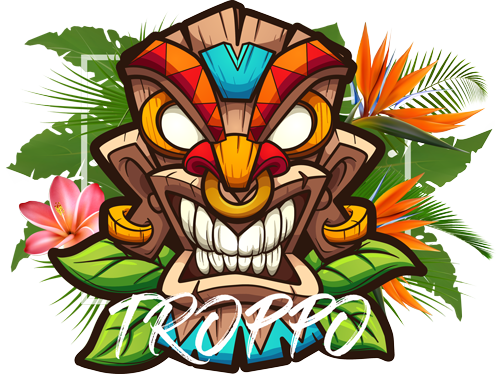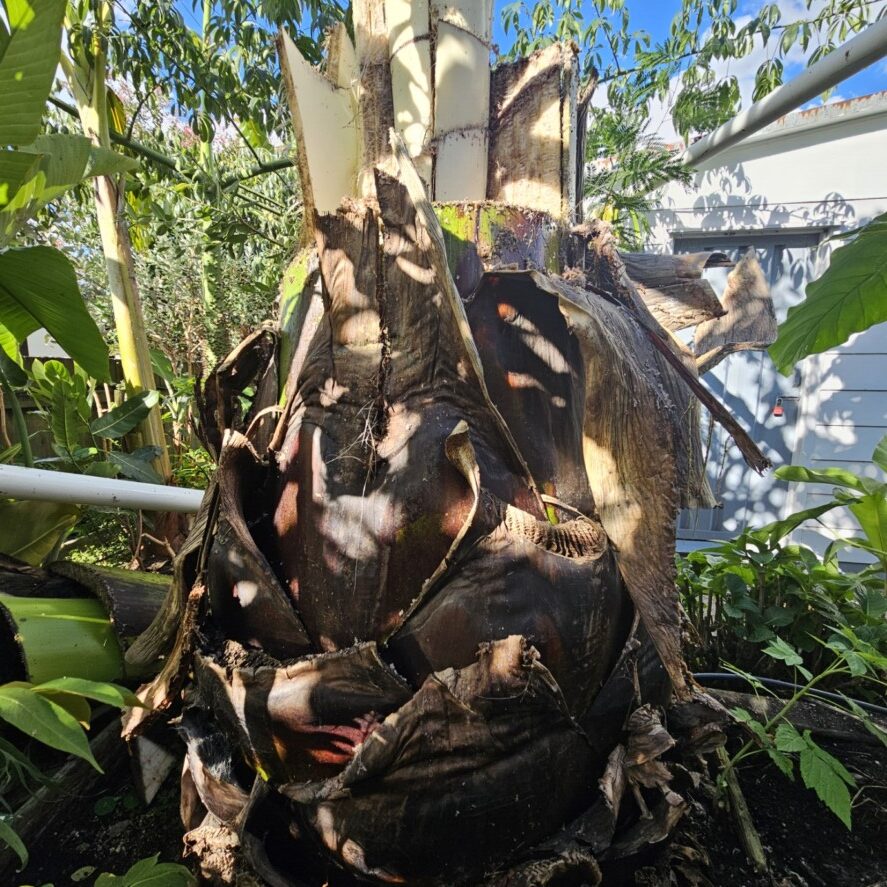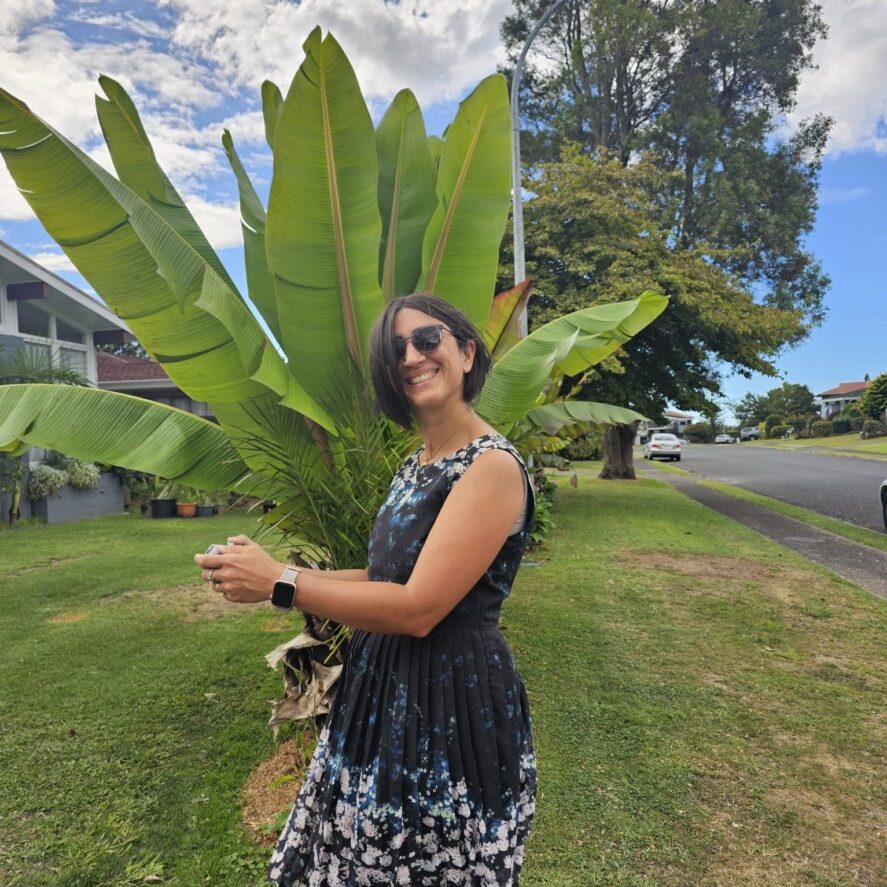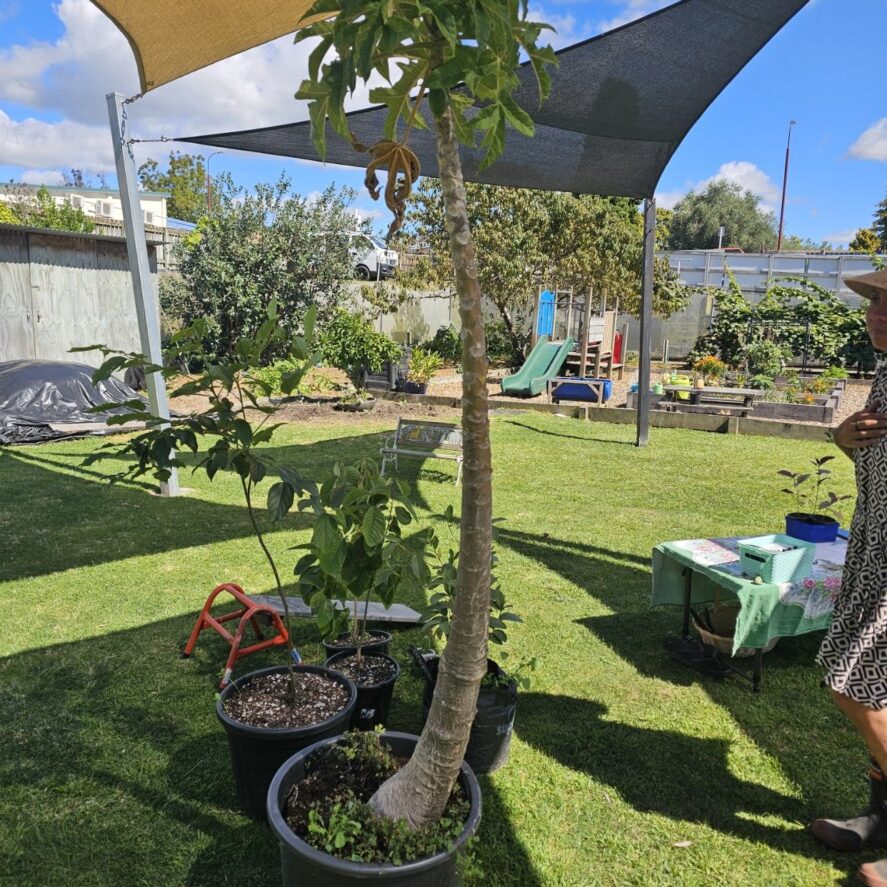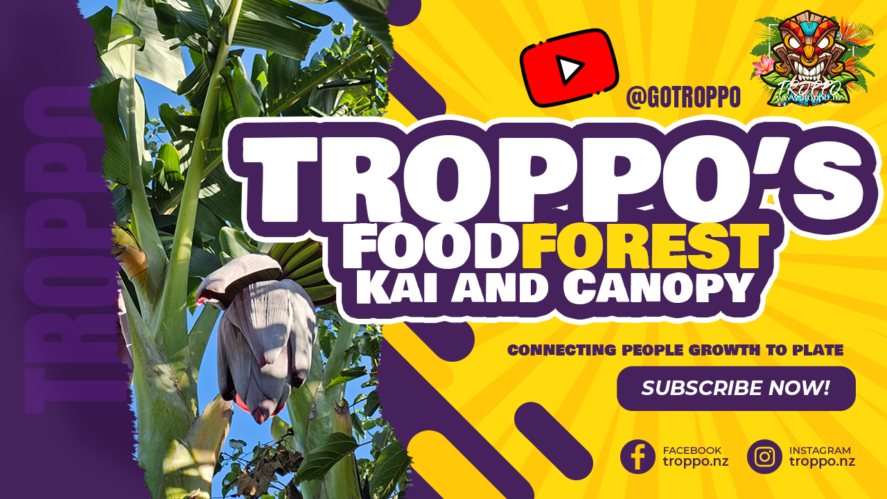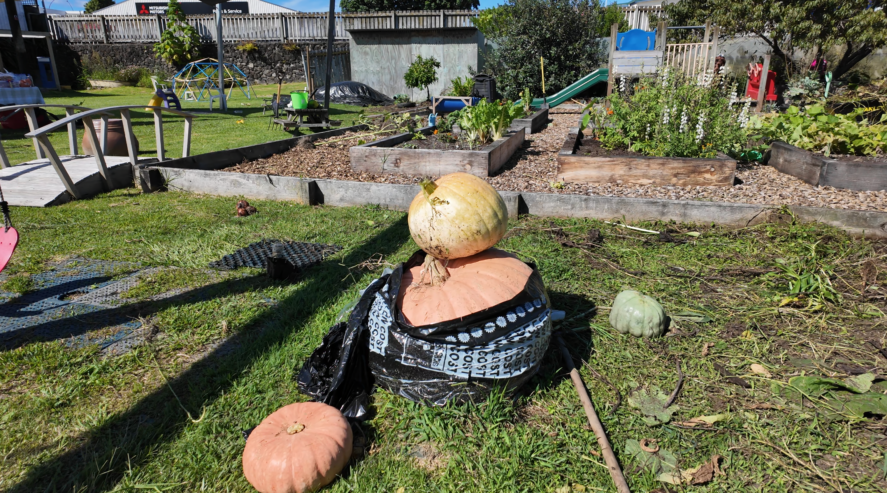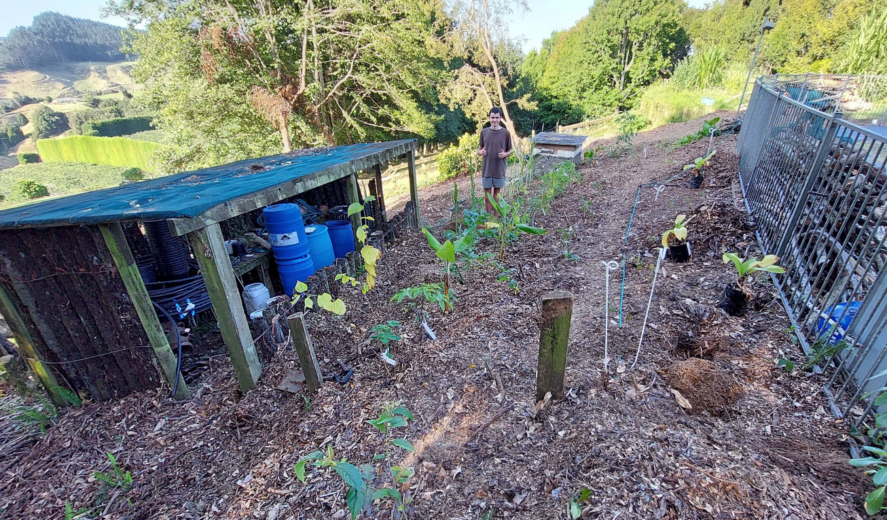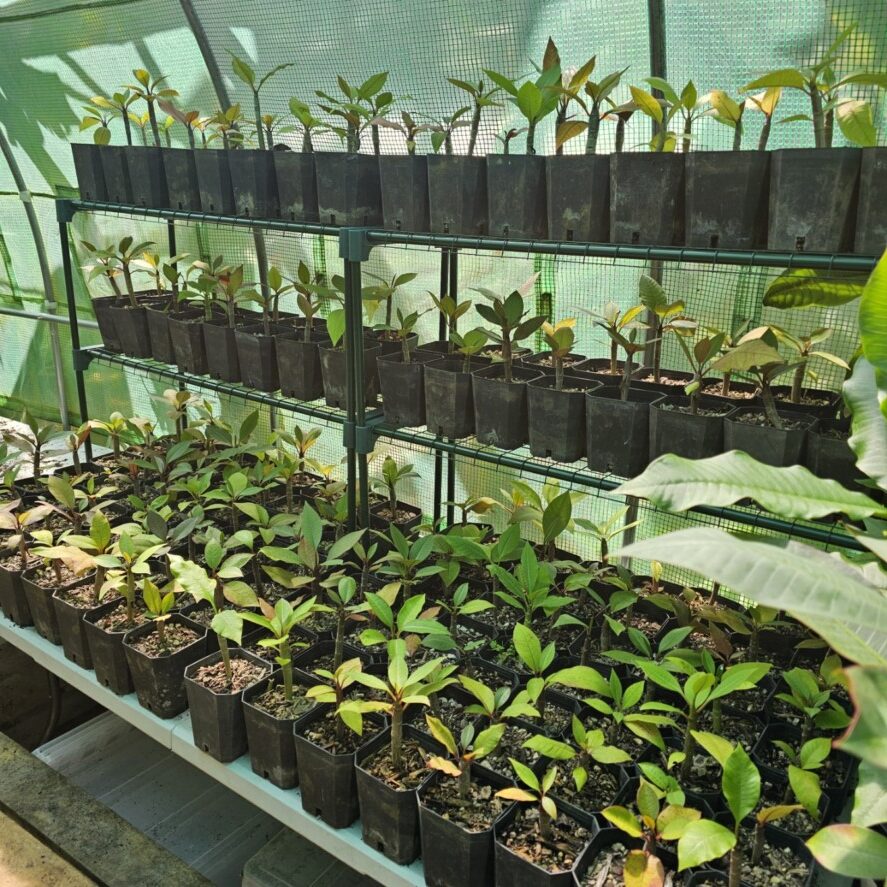-
Troppo Plant & Garden Articles
- Delicious Recipes
- TROPPO’s Food Forest in Te Puke, BOP (www,foodforest.org.nz)
- Troppo’s Plant Collection
- TROPPO's Nursery Directory
- Food Forests of New Zealand (www.foodforests.nz)
- Nursery Map - Plant Suppliers of NZ Directory (www.nurserymap.nz)
- Kids Garden Corner
- New Zealand Garden Bird Survey
- New Zealand Garden Groups
Banana Ensete ventricosum (Ethiopian Banana, Green Abyssinian Banana)
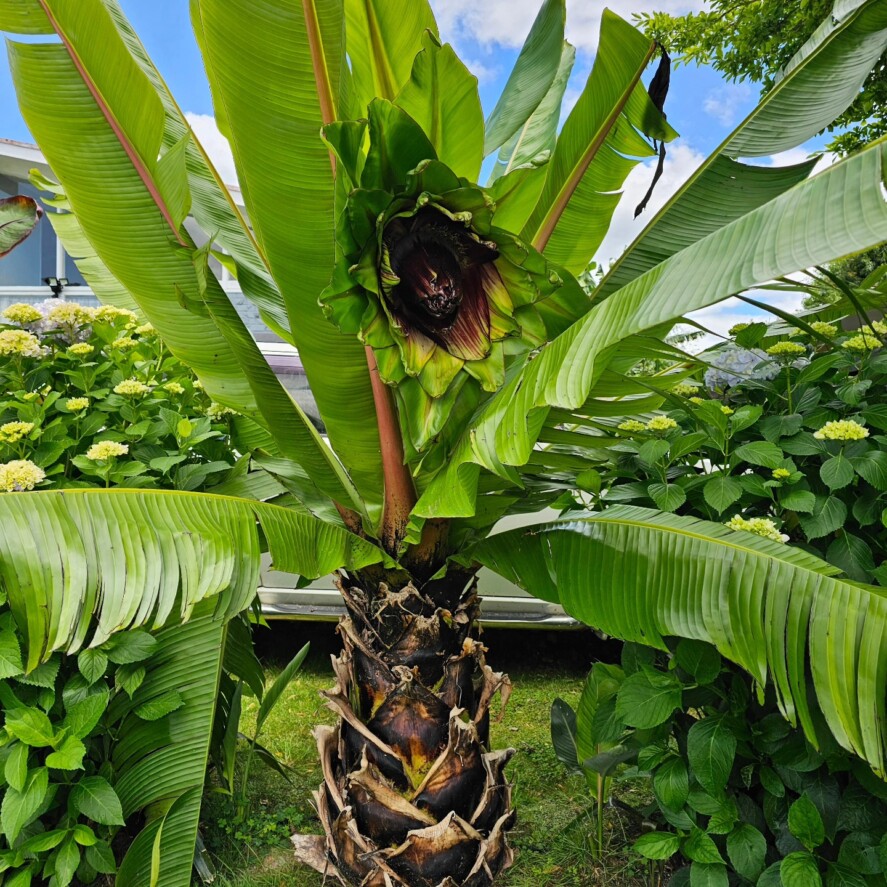
Just as you explore the rich biodiversity of banana plants, you’ll discover the unique qualities of Ensete ventricosum, commonly known as the Ethiopian or Green Abyssinian Banana. This fascinating plant is not only valued for its agricultural significance in Ethiopia but also for its striking ornamental features. In this blog post, you will learn about its cultivation, cultural importance, and how it differs from the more commonly known dessert bananas, enriching your understanding and appreciation of this remarkable species.
Key Takeaways:
- Ensete ventricosum, commonly known as Ethiopian Banana or Green Abyssinian Banana, is a herbaceous plant native to the highland regions of East Africa, especially Ethiopia.
- This species is primarily cultivated for its starchy pseudostems and corms, which are traditionally used as a staple food source in Ethiopian cuisine.
- Unlike its fruit-bearing relatives, Ensete ventricosum does not produce edible bananas; instead, it thrives in its ability to withstand harsh growing conditions and is often considered a resilient crop in its native environment.
Botanical Description
While the Ensete ventricosum, commonly known as the Ethiopian Banana, is not a true banana, its striking appearance and unique characteristics make it stand out in your garden. This perennial herbaceous plant can reach heights of up to 10 meters, showcasing large, paddle-shaped leaves that can grow up to 3 meters long. Its trunk is predominantly underground, with the visible portion typically swollen and bulbous, contributing to its distinctive look.
Taxonomy and Classification
On the scientific classification spectrum, the Ensete ventricosum belongs to the Musaceae family and is closely related to true bananas. Its genus, Ensete, indicates its unique position among banana species, emphasizing its distinctiveness in characteristics and cultivation.
Morphological Characteristics
To understand the morphological characteristics of Ensete ventricosum, it’s important to note its fleshy, subterranean stem, which acts as a storage organ for nutrients. The plant produces large, broad leaves that radiate from the base, creating a striking visual appeal. The flowering structure is less common, yet when it does bloom, it produces beautiful, creamy-white flowers that are often followed by the development of small, inedible fruit.
Also, the leaf arrangement and size play a significant role in your plant’s overall health and aesthetic. The glossy, deep green leaves, may unfurl dramatically from the center, providing a lush and tropical feel to your landscape. You may notice that the plant prefers warm climates and well-draining soil, making proper care crucial for thriving growth and impressive foliage display.
Habitat and Cultivation
There’s a fascinating world of exploration when you investigate into the habitat and cultivation of the Ensete ventricosum. This resilient plant flourishes in subtropical and tropical regions, thriving in rich, well-drained soils that offer ample moisture and sunlight. As a gardener, you’ll find that it requires warm temperatures and protection from frost for optimal growth, making it a perfect addition to your exotic garden landscape.
Native Range and Growing Conditions
The Ensete ventricosum is native to Ethiopia, where it thrives in highland areas with unique growing conditions. Typically found at elevations ranging from 1,500 to 3,000 meters, this banana species enjoys a mix of heavy rainfall and cooler temperatures—ideal for its growth cycle. When you mimic these conditions, you’ll create an environment that fosters healthy plants.
Propagation and Farming Techniques
Below are important techniques for propagating Ensete ventricosum. You can propagate this banana variety through seeds or vegetative means such as suckers, which are offshoots that grow from the base of the plant. For optimal results, plant the seeds in a warm, moist environment to enhance germination, or transplant suckers during the growing season to establish a more robust root system.
Indeed, adopting proper farming techniques will significantly impact your success with the Ensete ventricosum. When using suckers for propagation, ensure you select healthy and vigorous specimens to transplant. Maintain consistent moisture levels and provide organic mulch to retain soil moisture. Additionally, regular feeding with a balanced fertilizer can boost growth and fruit production, leading to a more abundant crop for your garden.
Traditional and Modern Uses
Not only is the Ensete ventricosum valued for its nutritional benefits, but it also holds significant cultural importance in Ethiopian traditions. While the plant’s pseudostems are traditionally used for food preparation, its fibers are crafted into various items such as ropes and mats. In modern practices, you may find the leaves used in eco-friendly wrapping and local crafts, showcasing a perfect synergy between tradition and contemporary eco-consciousness.
Culinary and Nutritional Value
One of the most notable uses of Ensete ventricosum is its culinary value. The starchy pseudostems and corms can be used in a variety of dishes, providing a substantial source of carbohydrates and necessary nutrients. You may appreciate the unique flavor when cooked, as it often showcases a range of textures that can complement many meals.
Industrial and Medicinal Applications
Culinary applications of the Ensete ventricosum extend beyond food, as its fibers have found a place in various industrial uses. The robust fibers are utilized in making paper and durable textiles, fulfilling an eco-friendly alternative to synthetic materials while promoting sustainability. You might also find that traditional medicine practitioners value the plant for its potential health benefits, often using extracts in remedies to treat ailments.
For instance, the leaves and corms of Ensete ventricosum contain bioactive compounds that may exhibit anti-inflammatory and antioxidant properties. Some studies suggest that you could benefit from including extracts of this plant in herbal formulations to support your immune system and overall health. The versatility of Ensete ventricosum reflects its enduring relevance from ancient practices to modern applications, making it a fascinating subject to explore in both culinary and medicinal contexts.
Cultural and Economic Significance
Unlike many other crops, the Banana Ensete ventricosum is woven into the very fabric of Ethiopian culture and economy. This plant serves not only as a staple food source but also plays a significant role in local customs and social practices, helping to anchor communities and preserve cultural identity.
Role in Ethiopian Agriculture and Society
Cultural practices surrounding the Ethiopian banana reflect its importance in everyday life. You will notice that Ensete is traditionally grown alongside other crops, providing food security and enhancing the biodiversity of farming systems. It symbolizes family and communal ties, thriving in gardens and fields where generations cultivate its benefits.
Market Importance and Trade
The banana market is crucial for local economies, contributing to livelihoods and food access. You will find that Ensete products are sold in various forms, such as flour and cooked dishes, connecting rural farmers with urban consumers.
Economic impacts of the Banana Ensete ventricosum extend beyond mere subsistence. You will discover that it plays a vital role in local trade, promoting small businesses and market opportunities. As you engage with Ethiopian communities, you’ll see that this crop supports both domestic consumption and export potential, enhancing food sovereignty while providing farmers with an avenue for income generation.
Environmental and Ecological Impact
All species have their role in the ecosystem, and the Ethiopian Banana, Ensete ventricosum, is no exception. This resilient plant not only adds beauty to your garden but also contributes positively to the environment by supporting local wildlife. By creating a microhabitat for various insects and birds, it encourages biodiversity.
Soil Conservation and Biodiversity
Biodiversity thrives in environments enriched by the Ethiopian Banana, as its root system helps prevent soil erosion, fostering a healthier ecosystem. The plant’s decaying foliage returns nutrients to the soil, supporting a wide array of microorganisms vital for soil health. This beneficial cycle maximizes your garden’s inherent capabilities, promoting robust growth for surrounding flora.
Climate Resilience and Sustainability
Along with enhancing soil health, the Ethiopian Banana plays a vital role in climate resilience and sustainability. Its adaptability to diverse climate conditions allows it to thrive in various environments, making it a reliable choice for your garden.
Resilience in plants like Ensete ventricosum is key in combating climate-related challenges. Its ability to withstand drought and fluctuating temperatures supports sustainable practices, allowing you to cultivate a flourishing garden while minimizing resource use. This adaptability not only sustains your garden but also contributes to a healthier planet, as resilient ecosystems are better prepared to cope with climate change impacts.
Challenges and Conservation Efforts
Now, you should be aware that the Ethiopian Banana faces numerous challenges that threaten its cultivation and genetic diversity. Factors such as climate change, habitat degradation, and the spread of diseases pose significant risks to this important crop. Conservation efforts are vital not only to preserve the species but also to maintain its cultural significance and potential benefits to agriculture.
Threats to Cultivation and Usage
Efforts to safeguard the Ethiopian Banana are hindered by several threats, including land-use changes and loss of traditional farming practices. As modern agricultural techniques dominate many regions, the cultivation of Ensete ventricosum diminishes, leading to the risk of genetic erosion. Additionally, the limited awareness of its value among younger generations exacerbates the situation, making it necessary for you to advocate for its importance.
Preservation and Research Initiatives
Above all, various organizations and researchers are dedicated to preserving Ensete ventricosum through a range of initiatives. Your involvement in promoting such efforts can significantly impact the conservation of this unique banana.
For instance, research programs are conducted to explore the genetic diversity of Ethiopian Banana, ensuring that resilient varieties are cultivated. These programs also aim to educate local farmers about sustainable practices that enhance both productivity and ecological balance. Furthermore, collaborative efforts between local communities and conservation organizations focus on integrating traditional knowledge with modern practices, fostering a deeper appreciation for this valuable crop. By supporting these initiatives, you contribute to the preservation of Ensete ventricosum for future generations.
Conclusion
Following this, you can appreciate the significance of the Banana Ensete ventricosum, known as the Ethiopian Banana or Green Abyssinian Banana, as not just a food source but also a vital part of cultural heritage in Ethiopia. Understanding its adaptability and uses can enhance your gardening practices if you choose to grow it or incorporate it into your culinary repertoire. Its resilience in various climates and diverse applications can inspire sustainable agricultural pursuits and enrich your knowledge of unique plant species.
FAQ
Q: What are the primary uses of Banana Ensete ventricosum?
A: Banana Ensete ventricosum, commonly known as Ethiopian Banana or Green Abyssinian Banana, is utilized for various purposes. Primarily, the plant is cultivated for its edible pseudostems and leaves, which can be used to prepare several traditional dishes in Ethiopian cuisine. Additionally, the plant’s starchy tubers are harvested and consumed as a staple food source. Beyond culinary uses, the fibers from the leaves are employed in making ropes and mats, and the plant serves as an important source of fodder for livestock.
Q: How can I successfully cultivate Ensete ventricosum in my garden?
A: Cultivating Ensete ventricosum requires specific conditions to thrive. It prefers well-drained, fertile soil enriched with organic matter, and a location that receives full sunlight. These plants are sensitive to frost, so they thrive in tropical and subtropical climates. It’s vital to keep the soil consistently moist without waterlogging, as the plant is susceptible to root rot. Regular fertilization with nitrogen-rich organic fertilizers can promote healthy growth. Additionally, providing adequate spacing between plants will help them grow robustly without competition.
Q: Are there any pests or diseases that affect Banana Ensete ventricosum?
A: Yes, like many plants, Ensete ventricosum can be affected by pests and diseases. Common pests include aphids, spider mites, and various caterpillars, which can lead to leaf damage. Fungal diseases such as leaf spot and root rot may also occur, especially in poorly drained soils. To manage these issues, it’s beneficial to practice good garden hygiene, such as removing any dead or damaged leaves, and ensuring proper spacing to improve air circulation. If pests are observed, natural insecticidal soaps or neem oil can be effective in controlling infestations.
